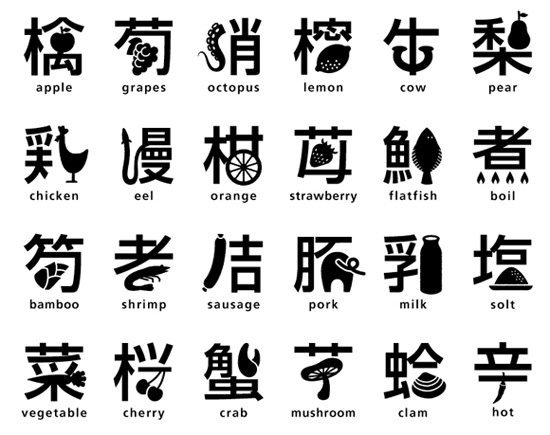Based on the principles that have been introduced so far in the PPP2 module, investigate who you are as a creative in relation to who is out there looking for creative talent.
Write a list of all the possible client groups that use graphic design in the development, production, distribution, promotion and/or communication of their products or services. Identify one client group that reflects your current ambitions within the graphic design area (music industry, retail, publishing, education etc.) and focus on identifying:-
- What skills / interests you have and how they relate to the needs of your client group?
- What skills are needed and what skills do you want to develop?
- What are your professional/creative aims and how do they relate to the needs of the client group?
Client groups
Tertiary Sector:GovernmentTelecommunication
Pharmaceuticals
Hospitality/Tourism
Mass media
Healthcare/hospitals
Public health
Information technology
Waste disposal
Banking
Insurance
Financial services
FMCG
Legal services
Construction
Food processing
Consulting
Gambling
Retail sales
Franchising
Real estate
Education
FMCG
Legal services
Construction
Food processing
Consulting
Gambling
Retail sales
Franchising
Real estate
Education
Background investigators
Financial planners
Consultants
Real estate appraisers
Information technology consultants
Business and market research consultants
top executives or officials in such fields as:
government
science
universities
nonprofit
healthcare
culture and the media.
government
science
universities
nonprofit
healthcare
culture and the media.
Retail Sales
- What skills / interests you have and how they relate to the needs of your client group?
I think my typography skills have progressed which are useful in the retail industry as type is written speech and the fundamentals of speech is to communicate and idea or message.
I also am aware as a consumer of the types of image people want to perceive to other people and understand that is what can make a brand successful or not. I unfortunately buy into image as I am guilty of buying clothes and products and own an Iphone and pair of Nikes so I understand the ideology.
- What skills are needed and what skills do you want to develop?
I feel I need to try new 'styles' and not feel bad or unable to use a style that I know is current but not my creation. Sometimes I feel as if I am 'jumping on the band wagon 'for trying something new which is current and a trend in the industry. I think this is limiting and will hold me back. An example would be Anti Design, I identified the trend early but didn't feel as if I could use it, but eventually did.
I can communicate well with other people and work well in teams. This is useful when collaborating with other people which you will in retail.
I can communicate well with other people and work well in teams. This is useful when collaborating with other people which you will in retail.
- What are your professional/creative aims and how do they relate to the needs of the client group?
I want to own some kind of product which I can brand and sell. This is a very vague business plan but I am always having idea which I can see selling. At some point I will go into retail with my own product.
On a more specific note I really really like Stranger & Strangers work. They create branding/packaging for alcohol brands. I think their work is interesting and it genuinely excites me; future goal is to work for them. My future future goal is to have my own branding and identity agency.





















































